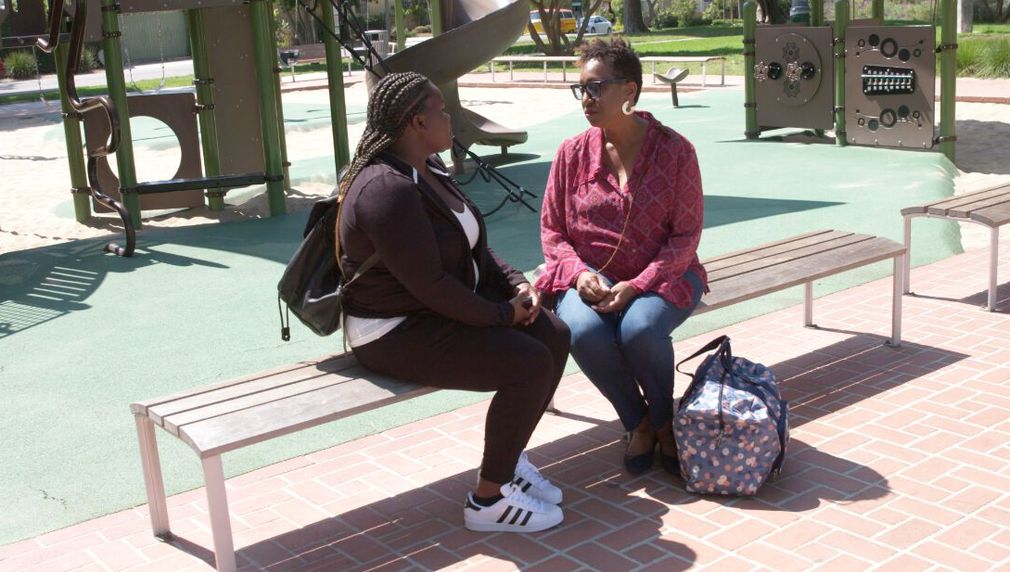Increasing crisis support for youth survivors of human trafficking in Los Angeles
Youth survivors of human trafficking in Los Angeles have experienced unimaginable trauma but many service organizations are not able to meet their unique needs. Cast's Emergency Response team responds to victims of all ages in crisis, ensuring their safety and stability with food, clothing and connection to housing and medical care. To better serve youth survivors, Cast wants to hire a Youth Emergency Response Case Manager who will support youth survivors at a very vulnerable stage of their recovery from their experience: the start.

In which areas of Los Angeles will you be directly working?
County of Los Angeles
What is the problem that you are seeking to address?
Youth survivors of human trafficking are often not ready for comprehensive case management and need quick, specialized services from youth experts. Cast currently has two Emergency Response Case Managers (ERCMs) who meet with survivors after escaping their traffickers and provide immediate services e.g. housing, food, medical care. They serve clients of all ages and are not experts in the needs of youth survivors. As their caseloads are full, Cast has identified the need to increase the number of ERCMs, especially as the number of emergency responses made by Cast staff increased by 185% in 2020. In addition, Cast is due to commence a three-year contract with the LA County DCFS to be the agency’s trainer on Commercial Sexual Exploitation of Children and Human Trafficking. Due to the vastly increased exposure across Los Angeles, Cast anticipates an increase in hotline calls and referrals for trafficked youth and needs to ensure sufficient capacity to respond.
Describe the project, program, or initiative that this grant will support to address the problem identified.
Cast is proposing to use a LA2050 grant to cover the cost of a full time Youth Emergency Response Case Manager who will be dedicated to attending at least 100 youth survivors in crisis over one year. They will also be responsible for outreach activities specific to youth survivors, for example by working as Cast’s direct services liaison with DCFS. The Youth ERCM is a new role for Cast and would work across the Youth and Emergency Response programs. They will focus on responding to hotline calls from youth in crisis (until it safe to do so, this will place remotely. Under normal circumstances, staff physically meet survivors wherever it is safe to). They will then provide them with immediate services that meet their urgent needs such as food, clothing, shelter (Cast has an emergency shelter for over 18s) and access to medical care. The focus is on stability and safety. If youth clients wish, they can then receive longer-term case management services and legal services.
In what stage of innovation is this project, program, or initiative?
Expand existing project, program, or initiative
Approximately how many people will be impacted by this project, program, or initiative?
Direct Impact: 100
Indirect Impact: 0
Describe how Los Angeles County will be different if your work is successful.
A 2018 study reported that almost 10% of homeless individuals on any given night in LA County reported that they had been victims of human trafficking. A 2017 survey found that 19% of the homeless youth population in LA had experienced trafficking. Cast believes that the COVID-19 pandemic has increased the incidence of human trafficking and that, as the pandemic near a hopeful end, we will start to receive an increasing number of hotline calls and referrals, including from youth (aged under 24). It is absolutely vital that we have the capacity to meet this need with staff who are experienced in working with very vulnerable youth. Supporting survivors who have recently escaped their trafficking situation in a timely manner has a huge impact on their wellness and safety in the short term and directly prevents them from becoming homeless. Therefore the proposed project will directly affect youth at risk of homelessness and exploitation in LA County.
What evidence do you have that this project, program, or initiative is or will be successful, and how will you define and measure success?
Ultimately, survivors’ healing and growth is what Cast uses to evaluate our impact. Our Survivor Outcomes Assessment tool looks at 13 categories in a survivor’s life and tracks their progress from ‘in crisis’ to ‘thriving’ while they are receiving Cast’s services. Survivors’ progress scores help to show where and how their service plans needs to be adjusted; it is only when they are 'stable', 'growing' or ‘thriving’ that Cast case managers talk to clients about graduating from our programs - no matter how long that takes.
Which of the LIVE metrics will you impact?
Healthcare access
Access to mental health services
Homelessness